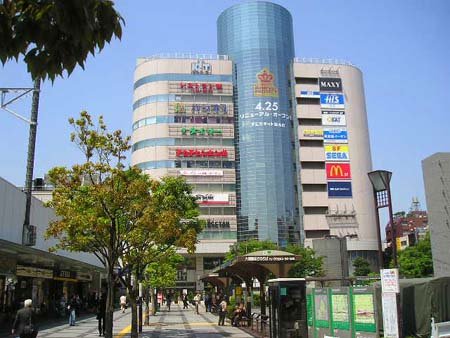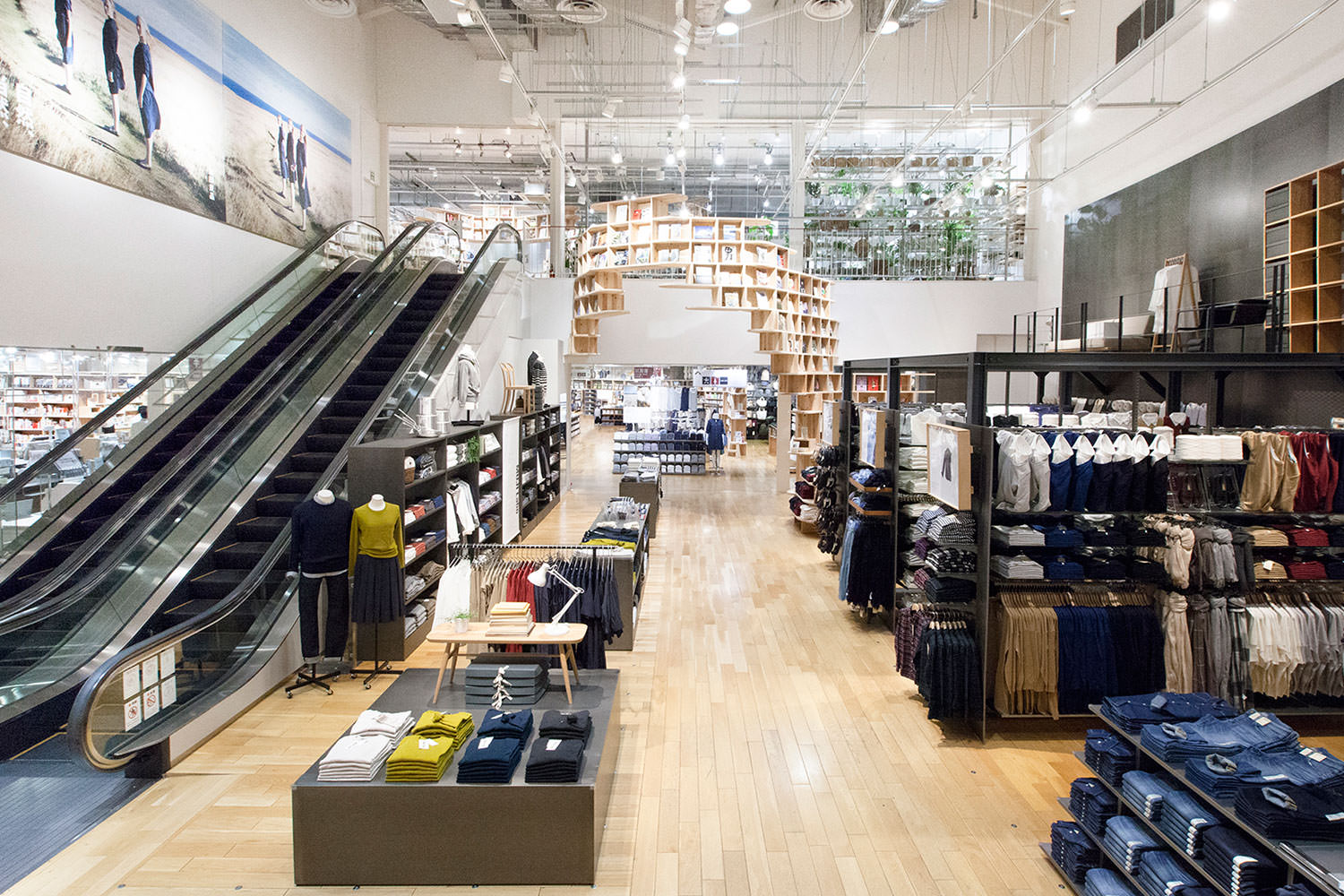Japanese Shinto shrines and Buddhist temples are one type of sightseeing spot that attract a great deal of tourists from abroad.
Shrines in the mountains with breathtaking scenery for each season and temples with a beautiful melding of architectural structures and gardens in the traditional format are all bursting with amazing things to see.
And these are also places that have been treasured by the Japanese people since days of old.
It is worth it to take a moment to learn the correct way to pray and enjoy a casual trip to some of these wonderful places.
◆Diiffences between shrines and temples
Shrines are built to serve the Shinto religious tradition, and are characterized by a "torii" gate at the entrance.
Temples are built to serve the Buddhist religious tradition, and are characterized by a "sanmon" gate at the entrance.
Large sanmon gates at temples like the Todai-ji temple in Nara or the Senso-ji temple in Tokyo have impressive roofs and fierce temple guardian statues (niozo) in their columns.
◆How to pray at shrines
 1) Pass through the torii gate.
All shrines have a torii gate, even if they do not have a main sanctuary housing the spirit of a deity. A torii gate is the boundary line between holy ground and the secular world. Passing through the torii gate signifies that you have stepped into the domain of the deity. Though awareness of torii etiquette has dwindled recently, bowing once in front of the torii gate is the correct procedure. Also, the center of the pathway entering into the shrine is set aside as the area where the deity passes. Avoiding this center space and walking to the side area of the pathway is one key to a polite visit.
1) Pass through the torii gate.
All shrines have a torii gate, even if they do not have a main sanctuary housing the spirit of a deity. A torii gate is the boundary line between holy ground and the secular world. Passing through the torii gate signifies that you have stepped into the domain of the deity. Though awareness of torii etiquette has dwindled recently, bowing once in front of the torii gate is the correct procedure. Also, the center of the pathway entering into the shrine is set aside as the area where the deity passes. Avoiding this center space and walking to the side area of the pathway is one key to a polite visit.
 2) Purify your hands and mouth at the "temizuya" water pavilion
2) Purify your hands and mouth at the "temizuya" water pavilion
The "temizuya" water pavilion consisting of a water basin and ladles is not a place to drink water. It is there to perform "misogi," a ritual to purify the body and mind with water before proceeding to stand in front of the deity. Originally this ritual was performed in the nude at special misogi locations like the ocean or a river, but today the ritual has been simplified to rinsing your hands and mouth at the temizuya. Wash yourself with the idea of washing away impurities in your heart as well as from your physical self.
・First, scoop up water in a ladle with your right hand and pour water over your left hand.
・Next, hold the ladle with your left hand and pour water over your right hand.
・In your left hand, take some water that you have scooped with the ladle and rinse your mouth. Never touch the ladle directly to your mouth.
・Lastly, using the remaining water, tip the ladle to rinse it off. *You only scoop up water one time, at the very first step of the process.
 3) At the altar, bow twice, clap your hands twice, and then bow once to pray.
・Quietly throw in a "saisen" coin into the "saisenbako" offering box. The "saisen" coin is an offering to the deity.
3) At the altar, bow twice, clap your hands twice, and then bow once to pray.
・Quietly throw in a "saisen" coin into the "saisenbako" offering box. The "saisen" coin is an offering to the deity.
・Ring the bell to greet the deity. (If there is no bell, omit this step)
・Bow twice. (2 bows)
・Clap your hands twice. This clap has the same meaning as a hand clap to express happiness or appreciation. It expresses your joy of meeting with the deity and respect towards the deity. (2 claps)
・With your hands still together, express your feeling of gratitude in your mind without speaking.
・Bow one more time. (1 bow)
*The number of bows and handclaps may differ at some shrines.
◆How to pray at temples
 Temples do not have any one procedure for visiting that is as strict as shrines.
Temples do not have any one procedure for visiting that is as strict as shrines.
If a temple has a temizuya, purify your hands and mouth in the same way you would at a shrine and head to the altar.
If a temple has candles or incense, place one in the designated place, throw in a saisen offering, and join your hands in prayer silently.
Do not clap your hands.
*This article had written by Japan National Tourism Organization





















